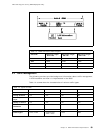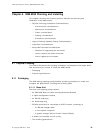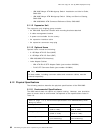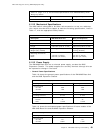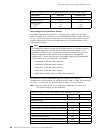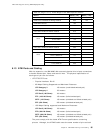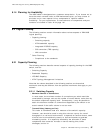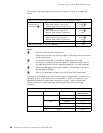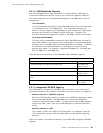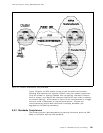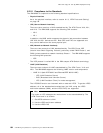
This soft copy for use by IBM employees only.
6.1.4 Planning for Availability
The 8285 switch is designated as a customer setup device. If you choose not to
have the switch covered under an IBM maintenance plan, you may choose to
provision one or more spares for key components to improve network
availability. For your convenience, a cross-reference of components and part
numbers is included in Table 42 on page 181.
6.2 Logical Planning
The following sections contain information about various aspects of IBM 8285
logical planning:
•
Capacity planning:
− Switching capacity
− ATM bandwidth capacity
− Integrated LES/BUS capacity
− SSI connection (TRS capacity)
− NNI connection
•
Other Planning:
− Compliance to the standards
6.2.1 Capacity Planning
The following sections describe several aspects of capacity planning for the 8285
switch, such as:
•
Switching Capacity
•
Bandwidth Capacity
•
LES/BUS Capacity
•
ATM Topology Management Limitations
Note that the values described in the following sections are theoretical
maximums and may be different from the practical maximums that apply to your
network.
6.2.1.1 Switching Capacity
•
Maximum Number of Connections
In most cases, the maximum number of connections per switch would be
constrained by storage, such as the number of control blocks, rather than by
the switch component capacity itself. Consequently, it may be possible to
attain the maximum number of connections supported by the switch on an
actual network if the traffic volume is not too much.
•
Transmit Delay (Latency per Port)
This value is sometimes used as a measure of the switch′s capacity.
However, care should be used in using this value as a proxy for overall
throughput in a real-world environment. It depends on several factors, some
of which can be unrealistically tuned in a test environment to generate
misleading results. It is especially affected by the utilization of those
components that cause the increase in service waiting time, buffer
shortages, and so on.
Chapter 6. IBM 8285 Planning and Installing 97



